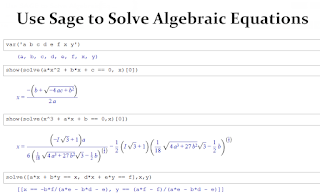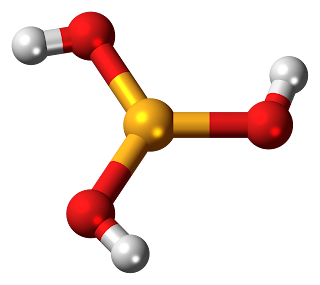Algebra Chapter 1 Section 3: Solving Equations

In this third section of Chapter 1 , I will cover the basics of equation solving. I've already touched on this in Physics , and will get to in in Chemistry; this is vital for all of math and science, including Economics. Equivalent Forms One of the most vital statements in Algebra is that two equations which have the same solutions are equations. In all future endeavors, both science and in math, we look to solve for the variable that is unknown, and the final form of that equation doesn't look anything like the initial equation, but is in an equivalent form, so has all of the same solutions as the initial equations. For any real numbers a, b, c, and d, $a+c=b+c$ is equivalent to $a=b$ and $a=b$ is equivalent to $a \times d=b \times d$. What we can do from here is say that $a+c=b+c$ is equivalent to $a \times d=b \times d$. Like Terms In any equation, a "term" is any constant, variable, product of any number of constants and/or variables, or the qu...






